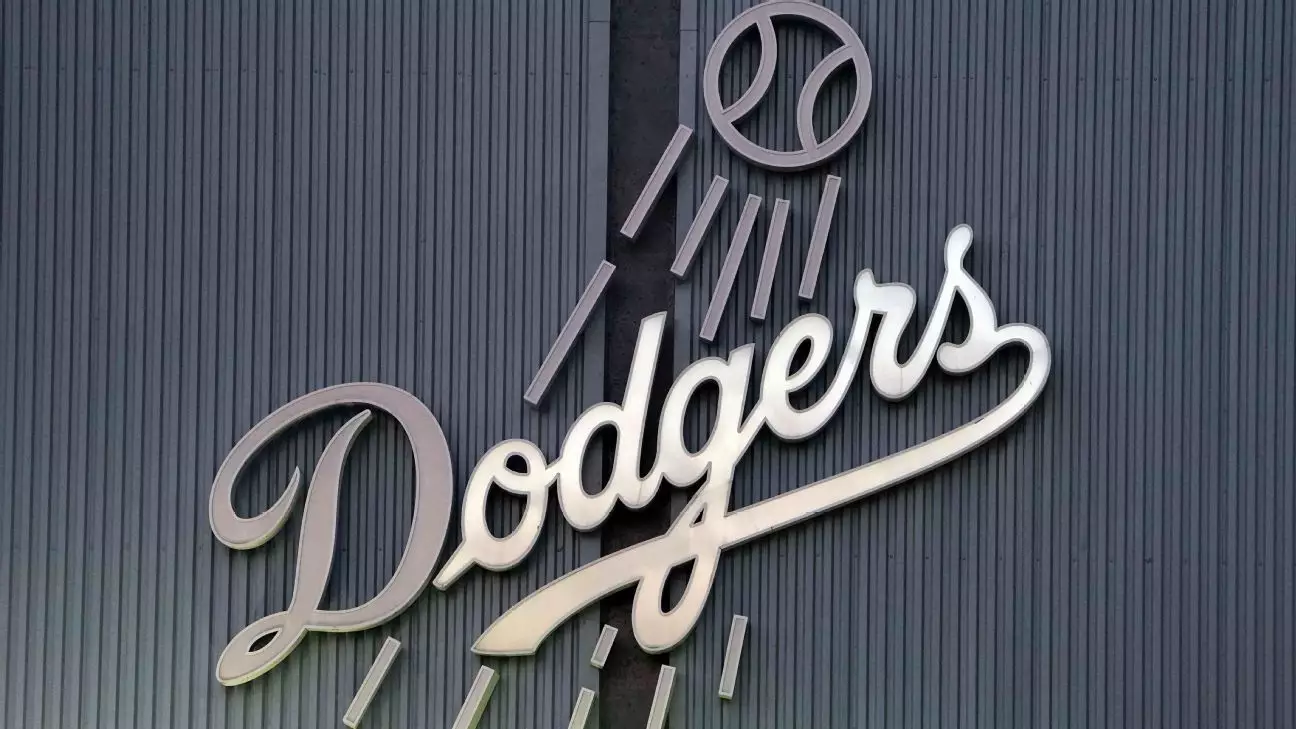Major League Baseball (MLB) has often been characterized by its unique financial systems, especially when it comes to player contracts and the structures behind payment timelines. A notable example of this can be seen in the current fiscal obligations of the Los Angeles Dodgers, who find themselves with a staggering $1.051 billion in deferred payments owed to eight players, extending from the year 2028 all the way to 2046. Understanding the implications of this financial strategy requires an in-depth examination of the contracts involved, the broader context of competitive balance within the league, and the internal management strategies adopted by MLB teams.
Deferred pay is a double-edged sword, both a tool for teams to manage their payroll flexibility in the short term while sometimes leading to substantial financial obligations in the long run. For the Dodgers, this strategy culminated in contracts such as Tanner Scott’s four-year deal worth $72 million and Teoscar Hernández’s three-year contract at $66 million. The Dodgers’ financial model indicates deferred payouts peaking at significant points over the next two decades, with the highest obligations of $100.95 million set for both 2038 and 2039.
This model allows teams to acquire high-profile players with immediate cash flow flexibility, but it also calls into question the long-term sustainability of such financial decisions. For organizations facing high deferred liabilities, the risk lies in fluctuating revenues and potential economic downturns that may affect the franchise’s ability to meet these future commitments. In the case of the Dodgers, their ability to maintain this strategy hinges on their standing not just as a team but as a major market franchise that can continually attract talent.
MLB Commissioner Rob Manfred’s comments on the Dodgers’ spending reflect a larger conversation surrounding competitive balance in the league. While he acknowledges the competitive spirit exhibited by the Dodgers in fielding a strong team, he also recognizes the concerns of fans from smaller-market teams. The uneven financial landscape poses challenges for less affluent clubs, which struggle to compete against organizations with deep pockets like the Dodgers.
The players’ association has previously resisted proposals aimed at curtailing deferred payments, showcasing the delicate balance of interests between team management and players. This tug-of-war raises questions about equity in the league and whether certain teams’ financial strategies effectively undermine the competitive nature that the sport vests itself in. Ensuring that every team has a fair shot at championship contention is an aspect paramount not just to the health of individual franchises but to the overall appeal and integrity of the league.
While the Dodgers continue to manage a significant amount of deferred compensation, the organization asserts that it has mechanisms in place to track and account for these financial obligations. Dodgers President of Baseball Operations Andrew Friedman has emphasized the importance of strategic financial planning in mitigating the challenges posed by deferred contracts, stating that they are mindful of the long-term implications and have frameworks to address future payouts.
For instance, Hernández’s contract includes various deferred payments that will culminate in a series of installments spread across the decade from 2030. This structured approach to pay can mitigate upfront salary caps and provide teams with maneuverability in managing their official payrolls, especially as they plan for future seasons. Additionally, MLB regulations dictate that these deferred sums must be funded in advance, creating a sense of accountability that compels teams to be financially prudent.
As the landscape of MLB evolves, the role of deferred payments will likely continue to attract scrutiny and prompt debate among stakeholders, including team executives, players, and fans. The financial strategies employed by top-tier franchises such as the Los Angeles Dodgers highlight a juxtaposition of immediate-team success against long-term financial responsibility. Exploring alternatives to this approach may become essential as the league grapples with growth, competitiveness, and the need for balanced economics across all franchises. Ultimately, how teams navigate deferred contracts may redefine the operational frameworks of Major League Baseball for years to come.

